Lawrence Livermore’s National Ignition Facility (NIF) has become a key tool for testing the survivability of nuclear weapon components.
Science and Technology
in the News
Science and Technology
in the News
News Center
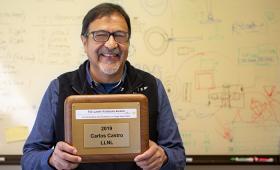
LLNL senior engineering associate Carlos Castro is the co-winner of the 2019 Larry Foreman Award for innovation and excellence in ICF target fabrication.

Livermore scientists are designing and building a gamma-ray spectrometer, called GeMini-Plus, to explore the asteroid Psyche.
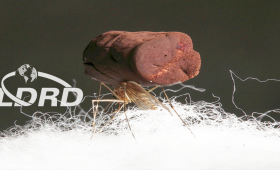
Livermore researchers have created ultra-low-density metal foams of gold, silver, and copper.
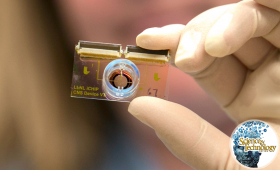
Livermore’s new investigational platform could provide an innovative means for better understanding brain pathology.
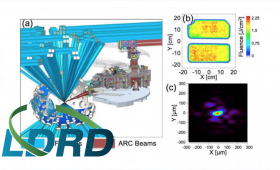
Advanced Radiographic Capability (ARC) short-pulse laser have produced protons with energies about 10 times higher than previous experience would have predicted.
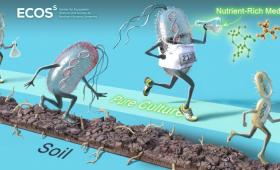
Researchers study relationships between microbial genes and performance in the field.
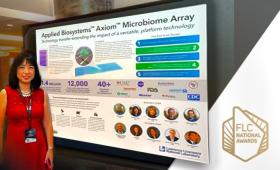
Lawrence Livermore Microbial Detection Array and the Applied Biosystems’™ Axiom™ Microbiome Array won a Federal Laboratory Consortium (FLC) award for excellence in technology transfer.

Here, we present the first high-pressure single-crystal X-ray diffraction (SXD) study of TATB.
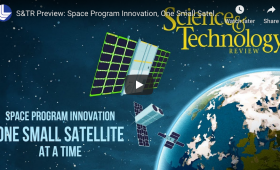
Small satellites that are easier and less expensive to build and more cost efficient to launch than conventional ones.


